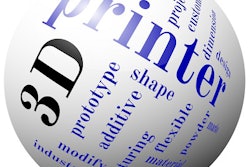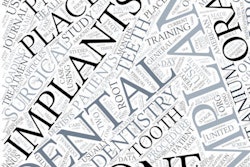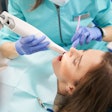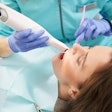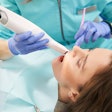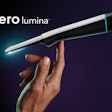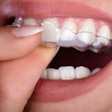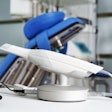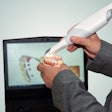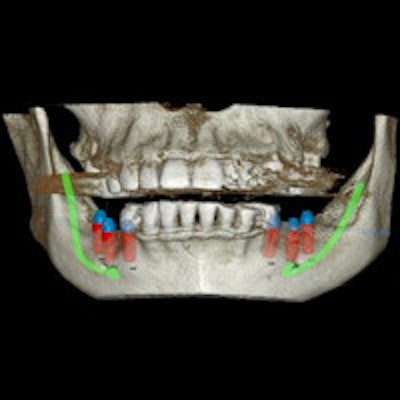
Dentists do not have to be technology geniuses to get the best out of digital tools, according to Frank Higginbottom, DDS, during his presentation at the recent 2015 Academy of General Dentistry (AGD) meeting in San Francisco. In the session, Dr. Higginbottom gave an overview of various digital technologies, including cone-beam CT (CBCT), intraoral scanners, 3D printing, and CAD/CAM software.
"You've got ones and zeroes, meaning on and off, but you're never going to have to understand that," he said. "With any of these systems, you can train yourself. ... We don't need to understand the technology. We just need to use it."
Dr. Higginbottom, a professor in the department of restorative sciences and graduate prosthodontics at the Baylor College of Dentistry, emphasized that digital dentistry tools significantly reduce treatment planning time and also improve accuracy.
Digital streamlines treatment planning
One of the biggest advantages of digital dentistry is a streamlined yet accurate treatment planning process. Once a digital scan is taken, the file can be used for everything from creating surgical guides to 3D printing or milling and restorations.
The process can start with a CBCT scan. Only 35% of dentists use digital radiographs despite the fact that they are an affordable way to get good information, while also minimizing patients' radiation exposure, according to Dr. Higginbottom. CBCT is also more accurate than other types of radiographs.
"CBCT [scans] provide greater detail and allow manipulation to a greater degree than do traditional [CT] scans," he said. "For a maximum of maybe $300, you have good information."
| Accuracy of radiographic diagnostic tools | ||
| Average distortion | Maximum distortion | |
| Panoramic x-rays | 0-3 mm | 7.5 mm |
| Periapical x-rays | 1.9 mm | 5.5 mm |
| CBCT scan | 0 mm | 0.2 mm |
At about $55,000, CBCT scanners are pricey, but practitioners do not have to have one in-office to benefit from the technology. Patients can have scans performed elsewhere, with the files sent digitally to the dentist.
The CBCT file can then be imported into a planning program, which can create an accurate surgical guide. Surgical templates can even be ordered from planning programs.
"You can plan your implant position, and you can plan a guide that's accurate up to 2 mm," Dr. Higginbottom said.
Digital means quick and accurate
Going digital drastically speeds up the time it takes to plan for an implant procedure, because materials don't have to set or dry. As a result, placing implants can be done in a single surgery with shortened healing time.
The process used to involve seven steps, including a master cast, wax, invest, finishing, and completion, but now it involves about six, most of which are digital, Dr. Higginbottom explained.
"Before, that was five to seven hours. Now, it's five to seven minutes," he said.
The other advantage of digital technology is that fewer materials need to change shape, which means improved accuracy. Dr. Higginbottom has noticed a substantial improvement in accuracy since he switched to digital tools, he noted. He has placed more than 2,000 restorations using his system, and he has only needed nine remakes because of an improper scan interpretation.
"That's a remarkable percentage I couldn't have done with impressions," he said.
Digital has unexpected perks
Digital also has some unexpected paybacks that practitioners may not initially consider. For example, digital files can be saved instead of physical impressions, conserving physical office space. Furthermore, if a patient comes back years later with a broken abutment, the practitioner can open up the patient's file and mill an exact replica.
Dr. Higginbottom also emphasized that picking a specific brand of technology is not as important as picking one that works with your process. Each system has its own quirks, but the pros outweigh the cons, he said. For example, software will make your connectors show up red if they are below standard.
"You can pick a system -- they all work -- so pick one you're familiar with," he said, adding a warning, "but the technology will not protect you from lack of judgment."




